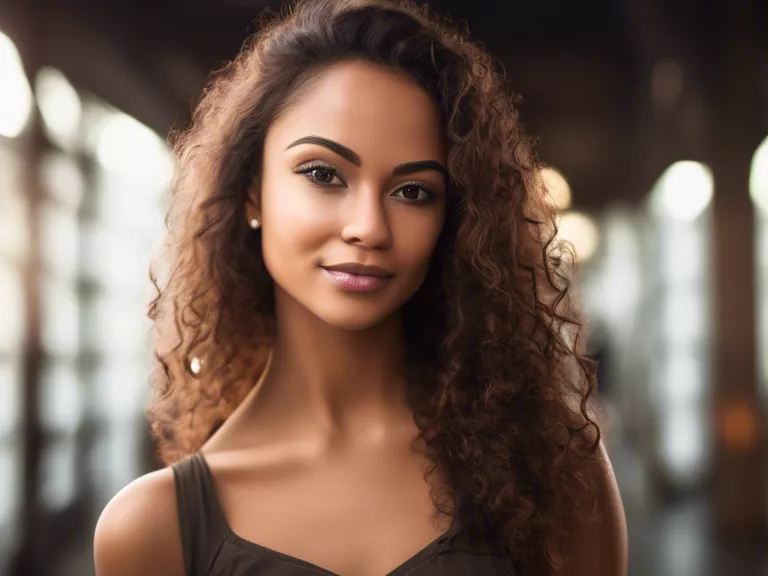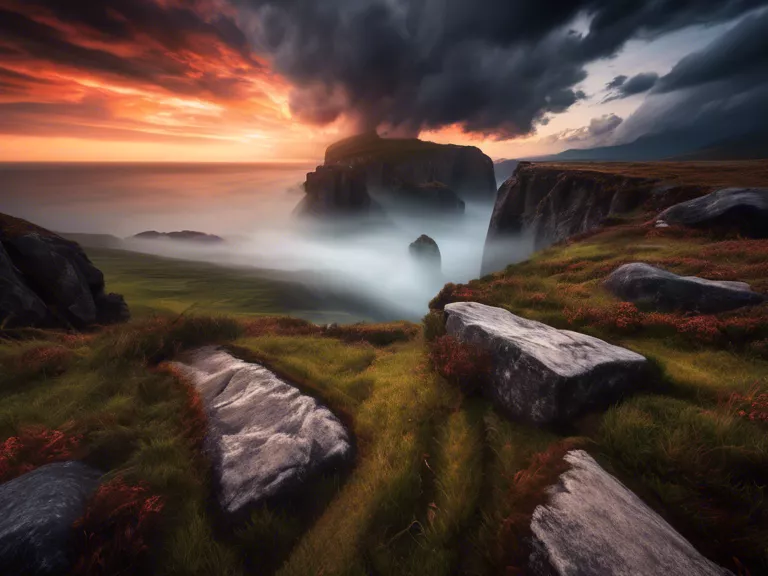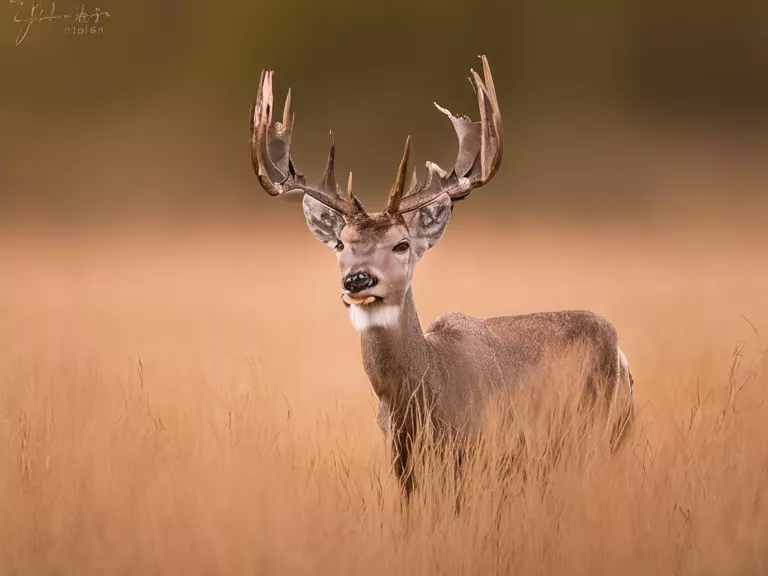
When it comes to taking portrait shots, getting crisp and detailed photos is essential to capturing the natural beauty of your subject. The right camera settings play a crucial role in achieving this outcome. In this article, we will explore the best camera settings for capturing crisp, detailed portrait shots that will make your images stand out.
First and foremost, pay attention to your aperture setting. A wide aperture (lower f-stop number) will create a shallow depth of field, making your subject stand out against a blurred background. This effect, known as bokeh, can add an artistic touch to your portraits. However, if you want more of the scene in focus, choose a narrower aperture by increasing the f-stop number.
Next, consider your shutter speed. To avoid camera shake and motion blur, especially when shooting handheld, make sure your shutter speed is fast enough to freeze any movement. A good rule of thumb is to keep your shutter speed at least 1/(2x focal length) - for example, if you're using a 50mm lens, aim for a shutter speed of 1/100s or faster.
ISO is another important setting to consider. While a lower ISO will result in less noise and a cleaner image, don't be afraid to increase it in low light conditions to maintain a fast enough shutter speed. Keep in mind that higher ISO values can introduce noise, so find the right balance for your specific shooting environment.
Lastly, don't forget to adjust your white balance to match the lighting conditions. Whether you're shooting indoors under artificial light or outdoors in natural light, setting the correct white balance will ensure accurate color reproduction in your portraits.
By paying attention to these camera settings - aperture, shutter speed, ISO, and white balance - you can capture crisp, detailed portrait shots that highlight the beauty of your subject. Experiment with these settings to find the perfect balance for your style and create stunning portraits that truly stand out.



